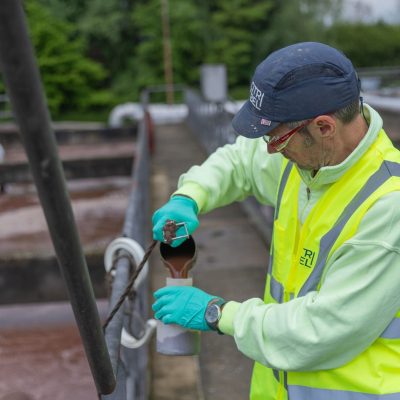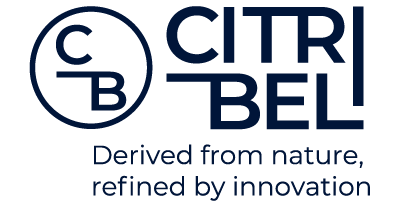Something is growing here…
The Citribel production processes form a complex ecosystem of interconnected stages and streams. Working with a living fungus is both a challenge and a blessing: every cycle offers the opportunity to improve and do better. Extensive data and continuous live monitoring ensure consistent production and product quality.
The fermentation process
Sugar molasses, the largest side stream from sugar refineries, are the ideal nourishment for our “Citribel fungus”. During the fermentation process, it produces long fibres – known as mycelium – which convert the sugar in the molasses to liquid citric acid. We monitor and adjust an extensive variety of factors in 184 fermentation chambers, such as temperature, humidity, surface tension, etc. The mycelium is ready after a few days, when most of the sugar has been converted. The mycelium and the liquid citric acid are then carefully separated. Next step: downstream processing!
Learn more about our products.
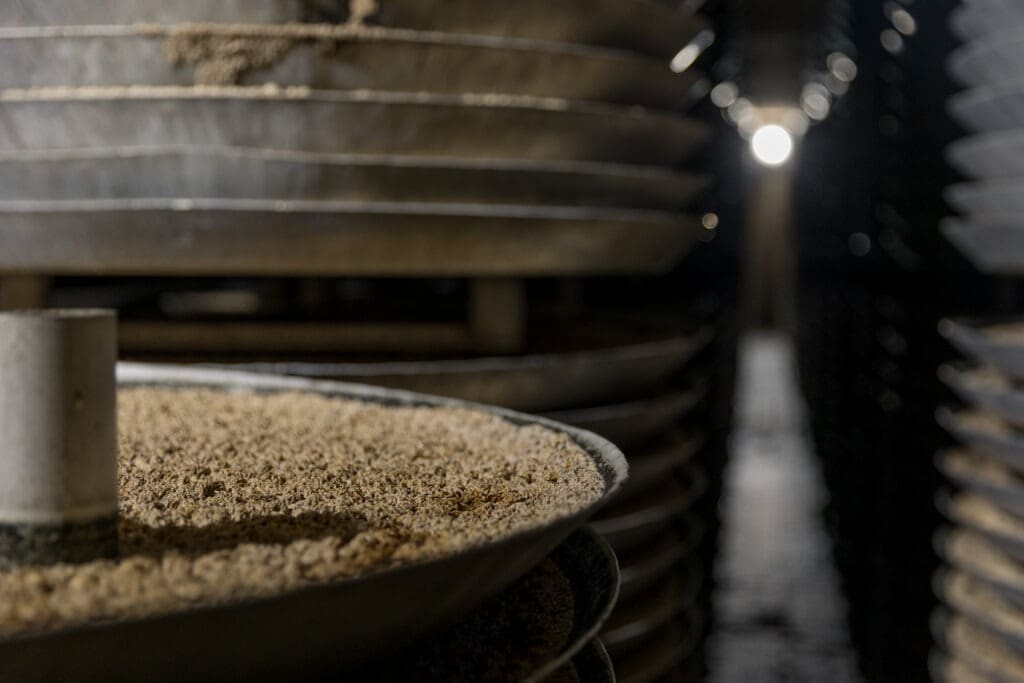
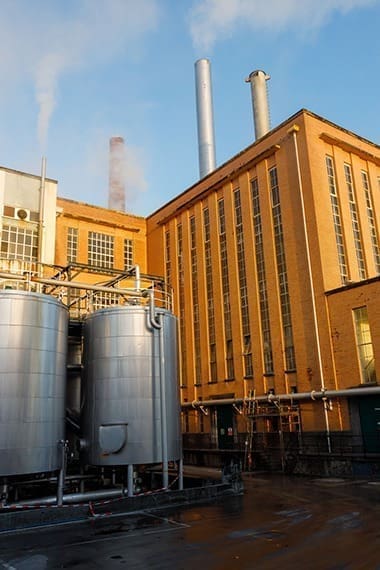
Downstream processing
The liquid citric acid stream branches into a complex range of processes that reconnect, interconnect and influence one another at different stages. In the course of the separation, purification, crystallization, and drying processes, we produce potassium calcium salt, citrates, vinasse and gypsum materials.
With the help from our experts
It is hard to overstate the amount of expertise, dedication, and organization it takes to finetune this living ecosystem.

Packaging & logistics

Maintenance
and
reliability
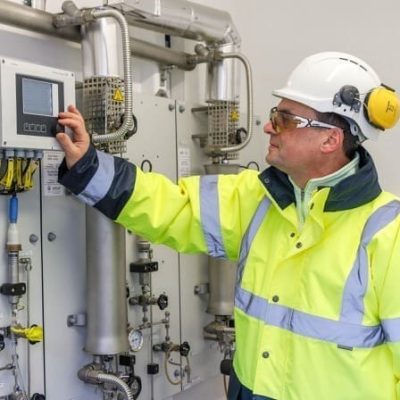
Engineering
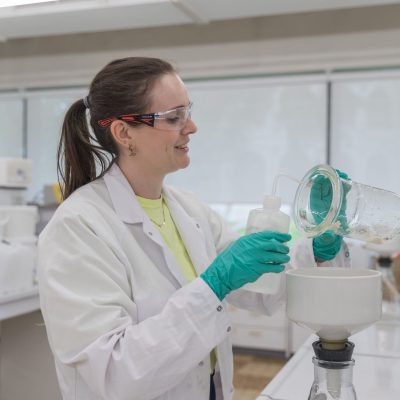
labs and
R&D
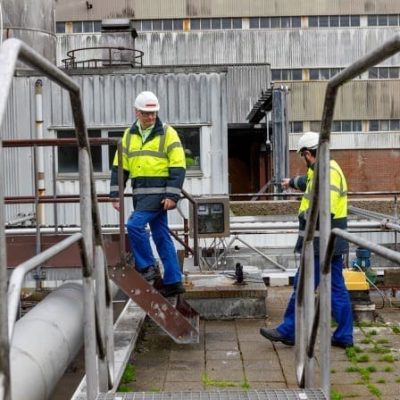
energy and water management

sales and customer service

finance,
IT & HR
